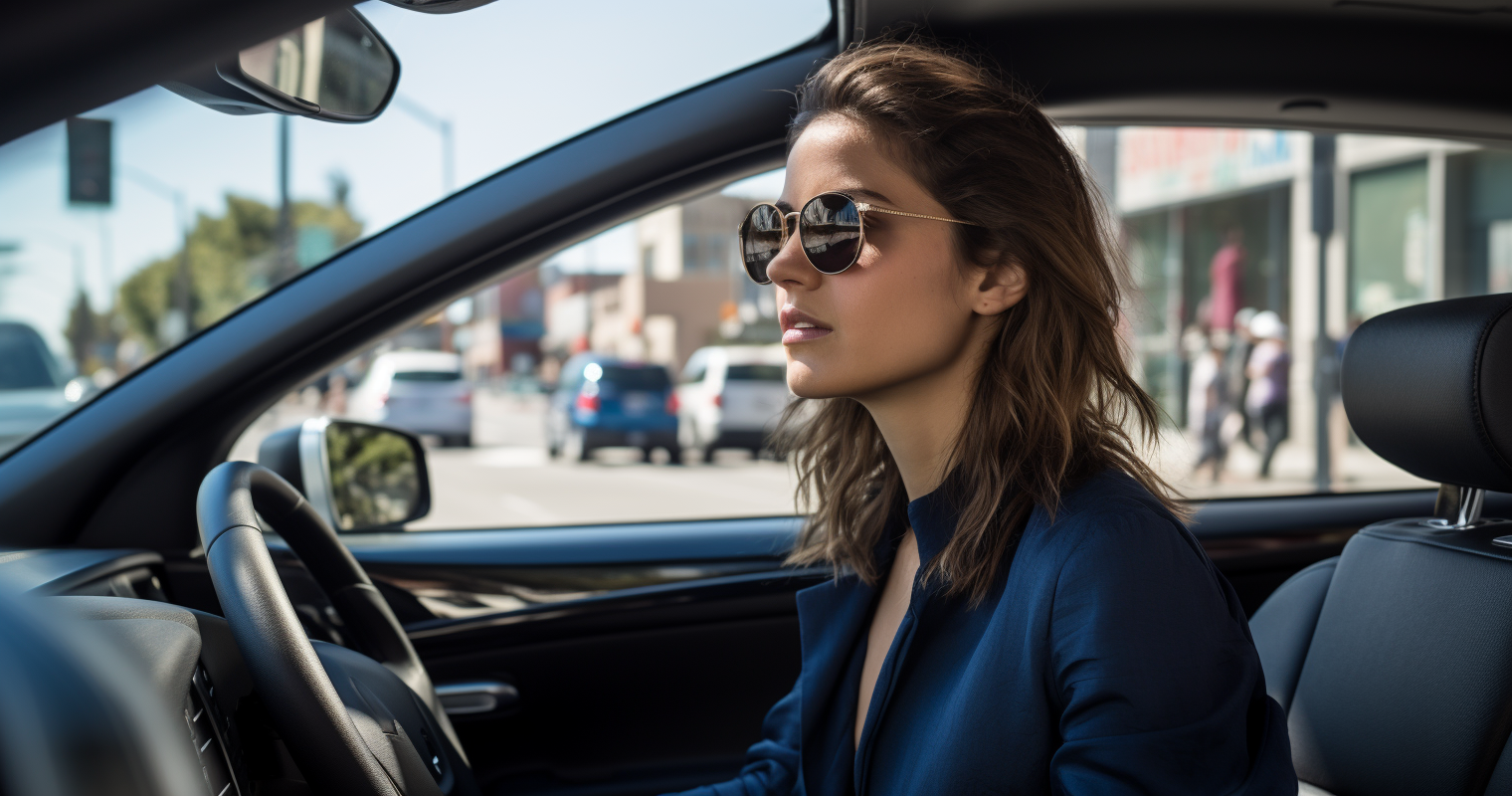The Bahamas is an archipelago of over 700 islands located in the Caribbean Sea. Driving in the Bahamas is a great way to explore the beautiful islands and their unique culture. However, it is important to understand the local road safety laws, driving standards, and other rules unique to the country. In this article, we will discuss everything you need to know about driving in the Bahamas.
Road Safety in the Bahamas
The Bahamas has a relatively small road network, and the quality of roads varies between islands. In general, the roads are well-maintained, but there are some hazards, including potholes and uneven surfaces.
Local Driving Standards: In general, drivers in the Bahamas are courteous and follow the rules of the road. However, there are occasional reports of aggressive driving, particularly in urban areas. It is essential to be vigilant when driving and to follow local traffic laws.
Legal Requirements for Driving in the Bahamas
To drive in the Bahamas, you must have a valid driver’s license from your home country. The minimum age for driving in the Bahamas is 17 years old.
Equipment Requirements: When driving in the Bahamas, you are not legally required to carry any specific equipment in your car. However, it is recommended to carry a first aid kit and a warning triangle in case of an emergency.
Legal Obligations in the Event of a Road Accident
In the event of a road accident in the Bahamas, it is important to follow the proper legal procedures. If anyone is injured, you must call the emergency services immediately by dialing 919. If there are no injuries, you should move your vehicle to a safe place and exchange contact and insurance information with the other driver.
Driving Rules in the Bahamas
In the Bahamas, you must drive on the left-hand side of the road. Overtaking is only permitted on the right-hand side, and the driver of the vehicle on the left has the right of way. The speed limit on highways and expressways is 45 mph, while the limit on urban roads is 25 mph. In residential areas, the speed limit is usually 15 mph.
Unique Driving Rules: In the Bahamas, there are several unique driving rules that you should be aware of. For example, it is illegal to use a mobile phone while driving, even if it is on speakerphone. Additionally, all passengers in the car must wear seat belts, and children under 5 years old must be seated in a child restraint.
Road Signs and Traffic Lights in the Bahamas
In the Bahamas, road signs follow the international standard, and they are usually written in English. The most important road signs include “Stop,” “Give Way,” and “No Entry.” Additionally, there are signs indicating the speed limit, parking regulations, and other important information.
Traffic lights in the Bahamas follow the standard international system, with three colors: red, yellow, and green. If the traffic light is flashing yellow, you should proceed with caution.
Road Traffic Info in the Bahamas
If you are driving in the Bahamas, it is important to stay up-to-date with the latest road traffic information. You can find this information on the website of the Bahamas Ministry of Tourism (https://www.bahamas.com/). The website provides information on road closures, accidents, and other important updates.
Parking Rules in the Bahamas
Parking in the Bahamas can be challenging, particularly in urban areas. The country has limited parking spaces, and parking regulations are strictly enforced.
Parking Permits: If you are an expat living in the Bahamas, it is important to understand the parking rules and regulations. In some areas with high populations of expats, such as Nassau or Freeport, parking can be particularly challenging. It is recommended to obtain a parking permit in these areas.
Disabled Parking: In the Bahamas, disabled parking spaces are reserved for vehicles displaying a disabled parking permit. These permits can be obtained from the relevant local government office by submitting an application and a medical certificate.
Parking Restrictions: In the Bahamas, parking is prohibited in areas marked with a “No Parking” sign. Additionally, parking is prohibited in front of fire hydrants, emergency exits, and bus stops. If you park in a prohibited area, your vehicle may be towed, and you may be fined.
Driving in the Bahamas can be a great way to explore the country’s stunning beaches and unique culture. However, it is important to understand the local road safety laws, driving standards, and other rules unique to the country. By following these rules and regulations, you can have a safe and enjoyable driving experience in the Bahamas. Remember to always stay alert, follow traffic laws, and respect other drivers on the road.

